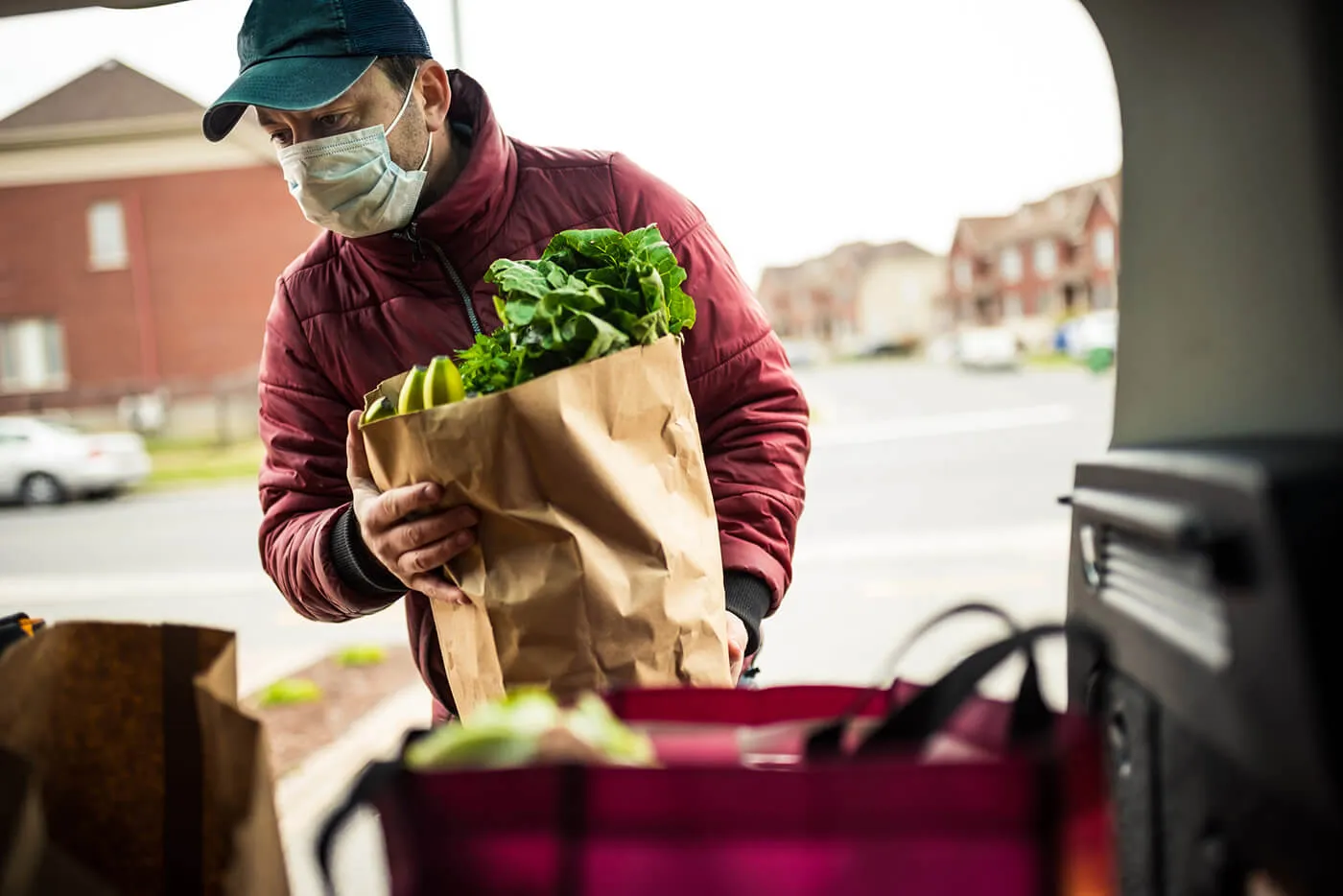What Is SNAP and How Do You Apply?

The average family spent $944.50 on food-related expenses during the month of May 2021, according to the U.S. Department of Agriculture. For many Americans, the cost of food may mean making the choice between feeding themselves or cutting back in other areas of their budget. If your family is in need of additional food resources, the federal government provides the Supplemental Nutrition Assistance Program (SNAP) that's designed to help low-income families dealing with food insecurity.
What Is SNAP?
SNAP was designed to give struggling families additional financial support to buy foods eligible for purchase under the program. Eligible families receive funds via a debit card that can be used to pay for purchases at retailers authorized to receive SNAP payments.
SNAP benefits are distributed on a state-by-state basis, and may differ depending on where you live, but three key benefits are available to eligible recipients regardless of your locale:
- Financial resources: SNAP provides financial help to families who may find themselves needing to make the choice between purchasing healthy food and paying for necessities such as utilities or gas.
- Nutritional support and education: Resources related to healthy eating are available through SNAP. There is an emphasis on connecting recipients with tools to learn how to make healthy choices when feeding themselves and their family.
- Disaster Supplemental Assistance Program benefits: These are provided to families dealing with the aftermath of a disaster.
To help families deal with the effects of the COVID-19 crisis, SNAP also expanded its benefit amounts, scope of support and resources for the families in the program.
Who Is Eligible for SNAP?
While SNAP applications are submitted and approved by state-run programs, such as CalFresh in California, eligibility is mandated by federal rules. For a recipient to qualify for the program, they need to meet these minimum eligibility requirements:
- An applicant's net income must not exceed the federal poverty level for the size of the family applying for the benefit. As of 2021, this means an after-tax monthly income of no more than $2,184 for a family of four in the contiguous 48 states, Guam, Virgin Islands and Washington, D.C. Alaska and Hawaii have higher income limits. Before you apply, be sure to review details specific to your state's requirements.
- If your family has assets of value, the cumulative amount of those assets must be below a specific threshold. As of 2021, the federal limit on assets means recipients can have no more than $2,250 in cash savings. For households where at least one person is 60 years of age or older or disabled, this limit is $3,500. Certain assets don't count toward this limit, such as your home's value or retirement savings.
How to Apply for SNAP
Applicants will need to research their state's specific SNAP application process and eligibility requirements. Applicants should be prepared to provide proof of income and other documentation that the state's SNAP office may require in order to prove eligibility.
Once an applicant has been approved for SNAP, benefits will be distributed to an electronic benefit card that can be used to purchase approved items at stores that participate in the SNAP program. Each state uses its own discretion in deciding what foods are approved for purchase.
Additional Food Assistance Programs
If you're in need of additional food resource assistance, there are numerous other programs that may provide the help that you need. Below is a short list of the different types of programs currently in existence on the local and national levels in the United States.
- The Women, Infants, and Children food assistance program (WIC) provides nutritional assistance to women and children dealing with food instability related issues.
- The National School Lunch Program provides food assistance to school-aged children.
- The School Breakfast Program allows children who meet the threshold for food-related assistance to be served breakfast before school begins.
- Food Distribution Program on Indian Reservations (FDPIR) provides nutritional benefits to individuals living on reservation lands approved for participation in this program within the U.S.
- Local programs developed in your town and region. These programs may include local food pantry programs, community refrigerator programs and food rescue programs that redistribute food that would otherwise go to waste.
- Credit counseling services and additional financial assistance services such as rent assistance, free legal aid and help with student loans or medical bills.
If you are looking for access to food-related resources and support, know that you're not alone. There are numerous organizations and individuals focused on connecting families in need with the support that they need during difficult times.
What makes a good credit score?
Learn what it takes to achieve a good credit score. Review your FICO® Score for free and see what’s helping and hurting your score.
Get your FICO® ScoreNo credit card required
About the author
Michelle Jackson is mission driven to help her readers and listeners empower themselves financially. Michelle runs the website and podcast "Michelle is Money Hungry" and is the founder of the Money on the Mountain retreat focused on empowering financially single women one conversation at a time.
Read more from Michelle